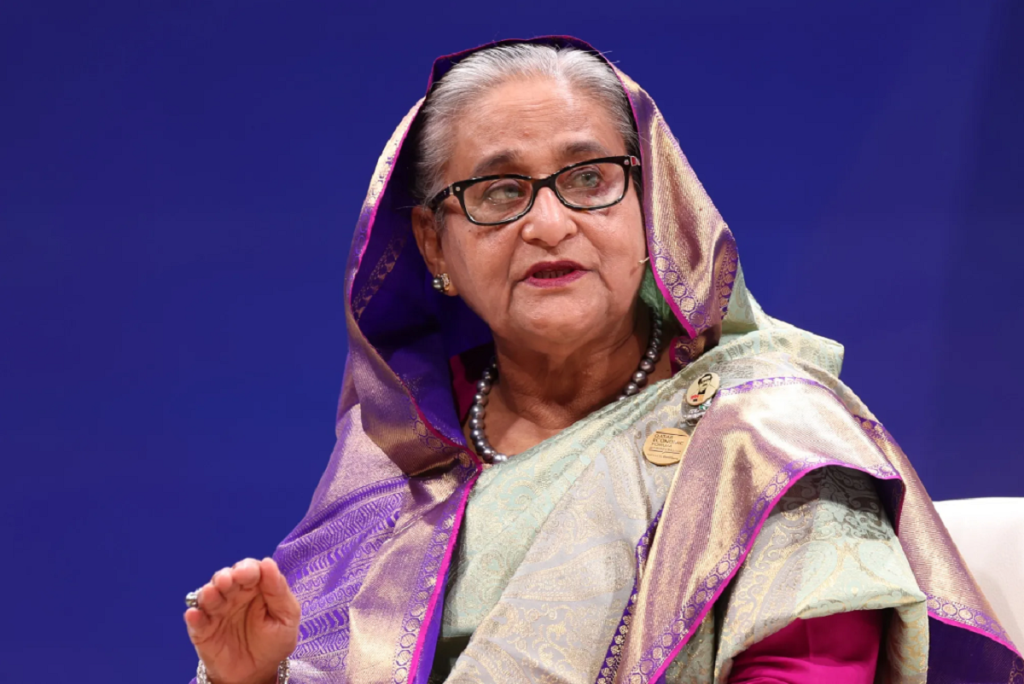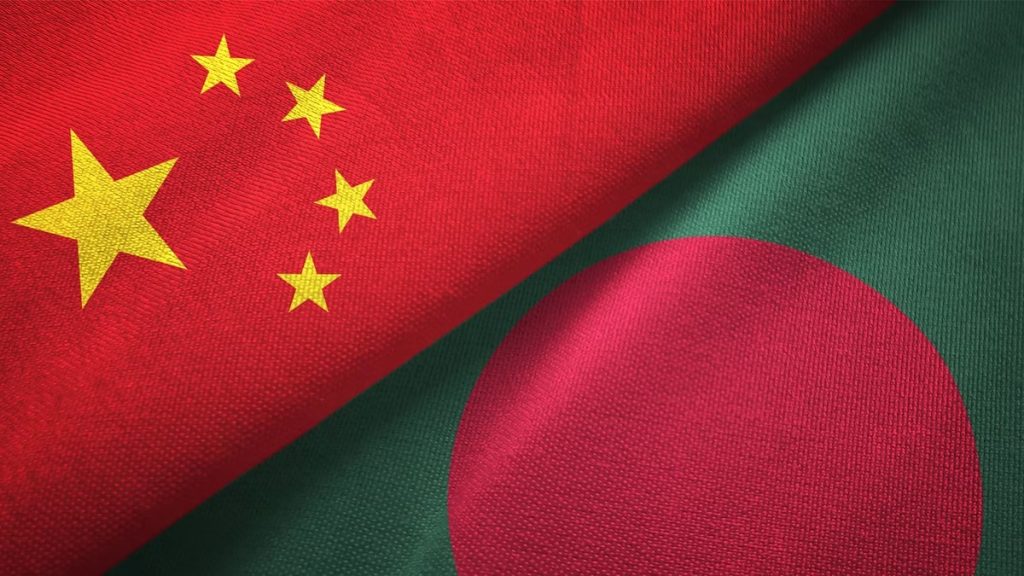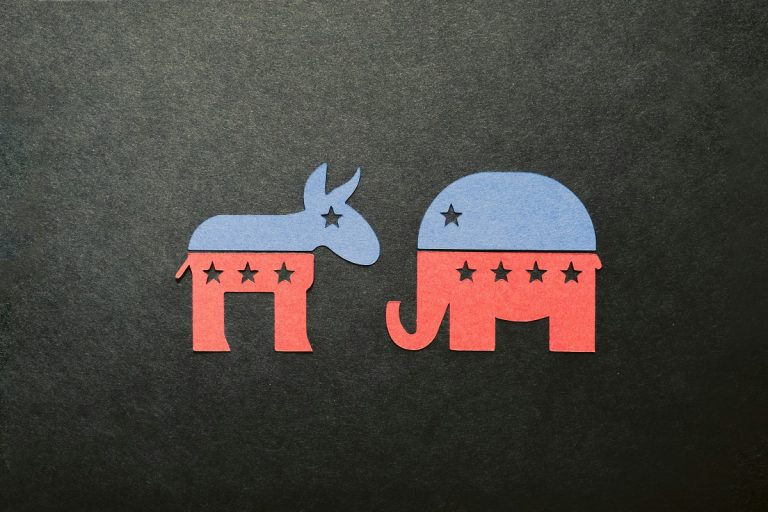
Revolution in Bangladesh: a Generation Z uprising or a political conflict of great nations?
In the course of student protests, the country changed its government. The formal reason for the rallies was strong social inequality. But the real reason lies in foreign policy and the wrong choice of allies by the former prime minister of Bangladesh.
Military seizure of power
In early August, Bangladesh’s Prime Minister Sheikh Hasina, who had led the country for 20 years, was ousted in mass protests. She escaped by helicopter to friendly India, and protesters immediately ransacked her residence, posting videos on social media.
These events seem unthinkable as the country was progressing and Sheikh Hasina, described by The Economist as “Asia’s Iron Lady” and one of the world’s most powerful women, seemed a very liberal leader by the region’s standards. But now the country has an interim government headed by Nobel laureate Muhammad Yunus.
The protests began back in July with student demonstrations. The youth demanded a change in the country’s quota system, which reserved 30 % of public sector jobs for relatives of participants in the war for independence from Pakistan. This led to the recruitment of only the “right people” close to pro-government clans for the best positions. Peaceful protests quickly turned into bloody clashes (about 500 dead according to official figures). Even the Supreme Court’s decision, which canceled the unfortunate quotas, could not stop the growing intensity of clashes and mass demonstrations.

Photo by Christopher Pike / Bloomberg
After the prime minister fled, the military took over the actual administration of the country. They held formal consultations with President Shahabuddin Chuppu and student protest leaders. However it was clear that their decision not to suppress the protests was an indication of deep disagreements with Sheikh Hasina. Muhammad Yunus, an 84-year-old economist who won a Nobel Prize for introducing microcredit to poor countries, is clearly a non-self-aware and compromising figure.
Significantly, Yunus is a longtime political opponent of Hasina. In 2022, for example, an investigation was launched against him for embezzling funds from charitable foundations, which resulted in a six-month prison sentence. Immediately after the revolution, the court reviewed the case and acquitted him, after which he boldly returned to the country. Bangladesh has since normalized, but it is not certain that this has solved the socio-economic problems that led to the uprising.
The rapprochement with the U.S. was the trigger for the protests
Hasina’s regime was authoritarian, and by concentrating executive, legislative and judicial power in her hands, she rigidly suppressed any protests. This was mitigated by significant economic growth, infrastructure projects underway and living standards rising. In what direction will this situation change under the new civil-military government, which may pursue an authoritarian policy for several years?
It is likely that many of the indicators of the Sheikh Hasina era were falsified to suit her populism. But more importantly, social inequality was steadily growing, with the richest 10% controlling 41 times more wealth than the poorest 10%. In the capital, high-rise business centers and the newly opened metro are juxtaposed with slums of beggars. During COVID-19, 51% of these slums became even poorer, and 37 million Bengalis are now food insecure.

The protesting students were annoyed not only by the nepotism of the ruling elites, who by law have secured for themselves a unique right to seats of power but also progressive taxes, which helped medium and large businesses not to contribute to the budget funds that could be used to subsidize the needy. The youth suffered greatly and when the unemployment rate was 12% in this category, nearly 18 million people became a “protest army”, even though the real unemployment was estimated at nearly 40%. It was these completely independent protesters who overthrew Hasina, who blamed local nationalists and Islamists (the latter did indeed massacre Hindus during the protests) for encouraging instability. This was just an attempt to call on the help of the U.S. and the EU.
In reality, it was the military that played a key role in her departure. Army Commander Waker-Uz-Zaman will now rule the country, if not instead of Muhammad Yunus, then certainly on an equal footing with him. And the impetus for the establishment of a covert military regime was Hasina’s intention to draw closer to the U.S. and India, jeopardizing the country’s sovereignty and making it a target for Chinese attacks. While the military decided to maintain patriotic neutrality in the matter.
Drift towards China
Former Prime Minister Bagladesh Sheikh Hasina blamed the U.S. for her loss of power. Washington was involved in fomenting protests, she said, recalling that in the past she had refused to hand over St. Martin’s Island in the Bay of Bengal for a U.S. military base.
“I resigned to avoid seeing a procession of corpses. They wanted to come to power through the corpses of students but I didn’t allow it, I resigned as Prime Minister. I could have stayed in power if I had given up the sovereignty of St. Maarten Island and allowed America to control the Bay of Bengal” , Sheikh Hasina said in a letter she sent to her supporters.
She added that if she had stayed on there would have been more lives lost, more resources destroyed, and the decision to resign was extremely difficult. But there is reason to believe she is lying. According to The New York Times, she insisted to the last on a brutal crackdown on protests, and the military and police saved the country from bloodshed by refusing to follow her orders.

Washington showed no motivation to resolve anything, and as in so many other episodes recently, showed its weakness, and lost on a par with India. New Delhi has now suffered a series of painful defeats, and not long ago the Maldives withdrew from India’s sphere of influence and began to enter into defense agreements with China. The revolution in Bangladesh was a big blow to India because the main patron of the Indian lobby has been removed from power, now Dhaka can start drifting towards China.
That is why there is no doubt that all the events were a manifestation of the US-China confrontation in the framework of the Cold War 2.0, in which all regional players are involved. In such a view, the socio-economic crisis in Bangladesh was, although a necessary but still a secondary factor that led to the overthrow of Sheikh Hasina. Tellingly, in late August, the pro-China president of the Maldives, Mohamed Muizzou, announced a coup attempt in the country, which raised concerns in neighboring countries, especially after the recent coup in Bangladesh. Which means the “show” in South Asia continues.

